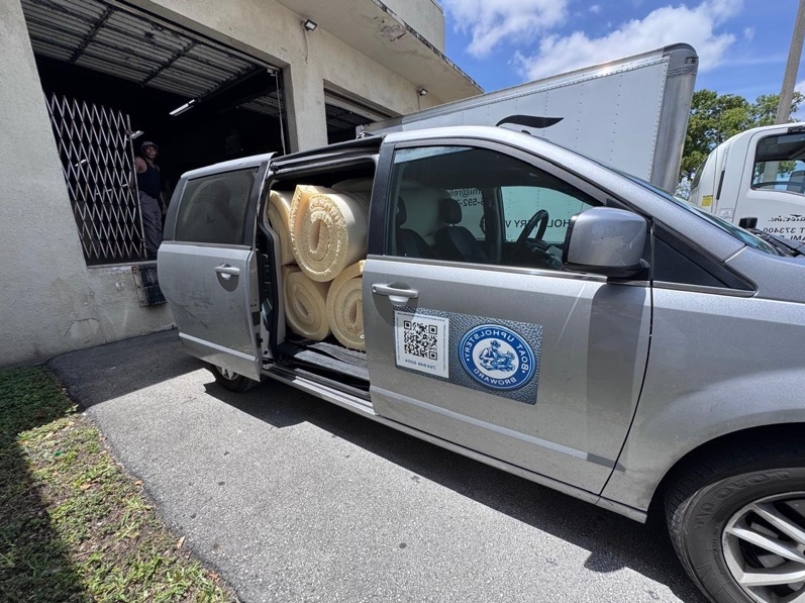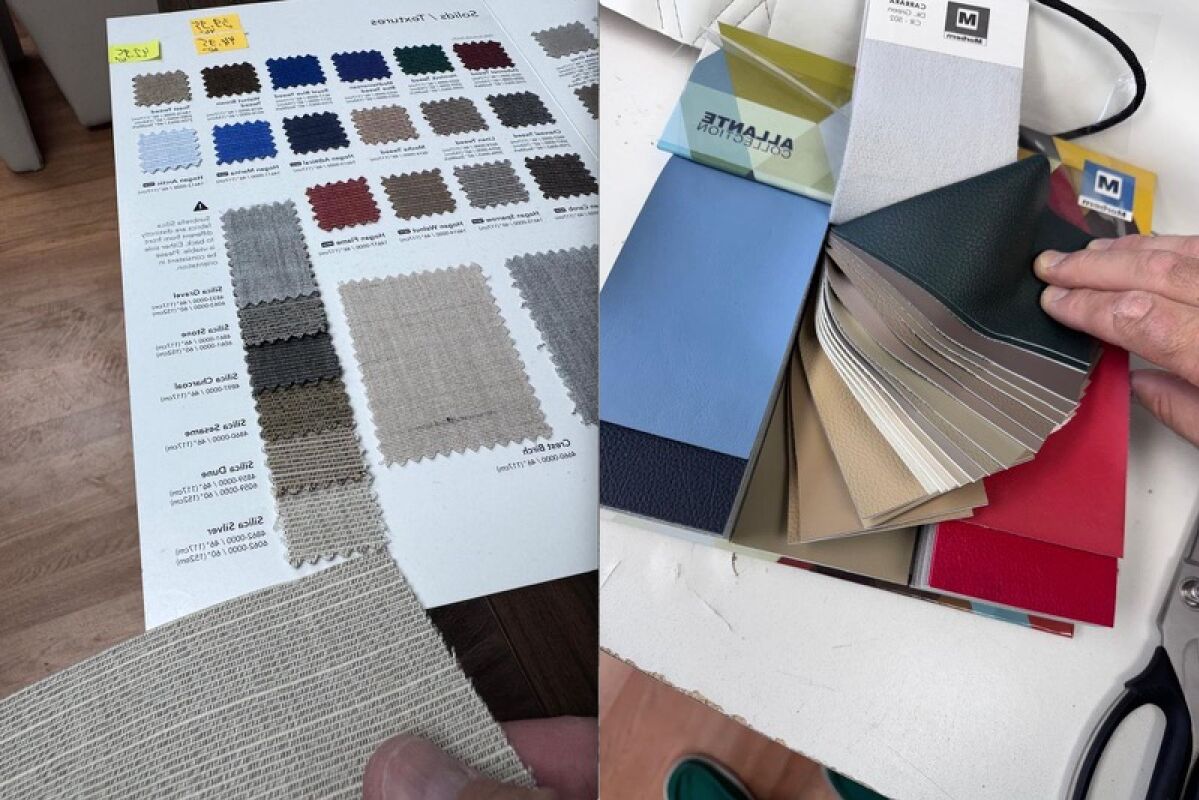iQuanti: Cash advances are easy to get when you have a regular W2 job and can produce copies of your latest pay stubs. It may be a little more complicated for self-employed individuals, but that doesn't mean you won't qualify for a cash advance for poor credit. There are just more steps involved to get approved for one. In this article, we'll walk you through how to apply for a cash advance if you're self-employed.
Step #1: Search for a cash advance lender
First, do some research online to choose the right cash advance lender for your needs. There are thousands of lenders across the U.S. Some lenders advertise to the self-employed, while others offer cash advances for these individuals but don't openly promote them.
Take your time shopping around and make sure you know something about the lender you're about to work with. The Better Business Bureau (BBB) has listings on legitimate lenders with reports on any questionable activity, and The Federal Trade Commission (FTC) requires lenders to register in all states they do business in. Check both sources before applying for a cash advance.
Step #2: Prepare proof of income documentation
Once you've chosen a lender to work with, you'll need to have proof of income ready. Employees can usually get by with a few paystubs and recent W2 form. Self-employed individuals can't provide either of those, so they need to find another way to prove their income. Before applying with a cash advance lender, gather the documentation listed below. You may need digital copies (PDFs) if you're using an online lender.
- Tax returns/transcripts: Self-employed people operating as sole proprietors or LLCs file a 1040 tax return just like everyone else. Find your most recent return or download a transcript of the return from IRS.gov. This is proof of what you made last year.
- Last year's Schedule C: The Schedule C is part of your tax return, but you should make a separate copy of it just in case. Lenders want to see what your expenses and costs were, not just your gross revenue.
- 1099 Forms: Independent contractors receive a 1099 or 1099-MISC from their clients each year to report what they've been paid. Lenders use these forms to ensure that your income on your tax return came from legitimate sources.
- Schedule SE: Self-employment tax is not reported on the Schedule C, but it is a significant expense that lenders will consider when doing their due diligence on your creditworthiness. Make a digital copy of your SE for their review.
- Bank statements: The previous documents show what you made last year. Bank statements show your current income. If you have a separate business account where you receive your income, bring that statement.
Step #3: Choose a cash advance lender and apply
With the documents listed above, you're ready to apply for a cash advance. Decide whether you want to apply online or at the lender's physical store location, and start the application process. Make sure you have your ID, along with a bank routing number and account number for them to deposit your funds.
Applying for a cash advance is easy, and may only take a few minutes. Better yet, approvals are typically fast, so you could get the funds you need as soon as the same day you apply. Then, you can cover the expenses you need to get back on track before your next payday.
Contact Information:
Keyonda Goosby
Public Relations Specialist
[email protected]
(201) 633-2125
Carolina Darbelles
Senior Public Relations Specialist
[email protected]
(201) 633-2125
Press Release Service by Newswire.com
Original Source: Can I Qualify for a Poor-Credit Cash Advance if I'm Self-Employed?
Lifestyle - JISIP NEWS originally published at Lifestyle - JISIP NEWS





